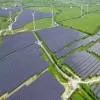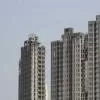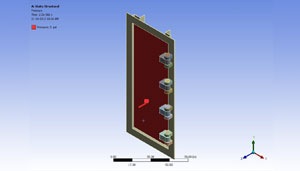
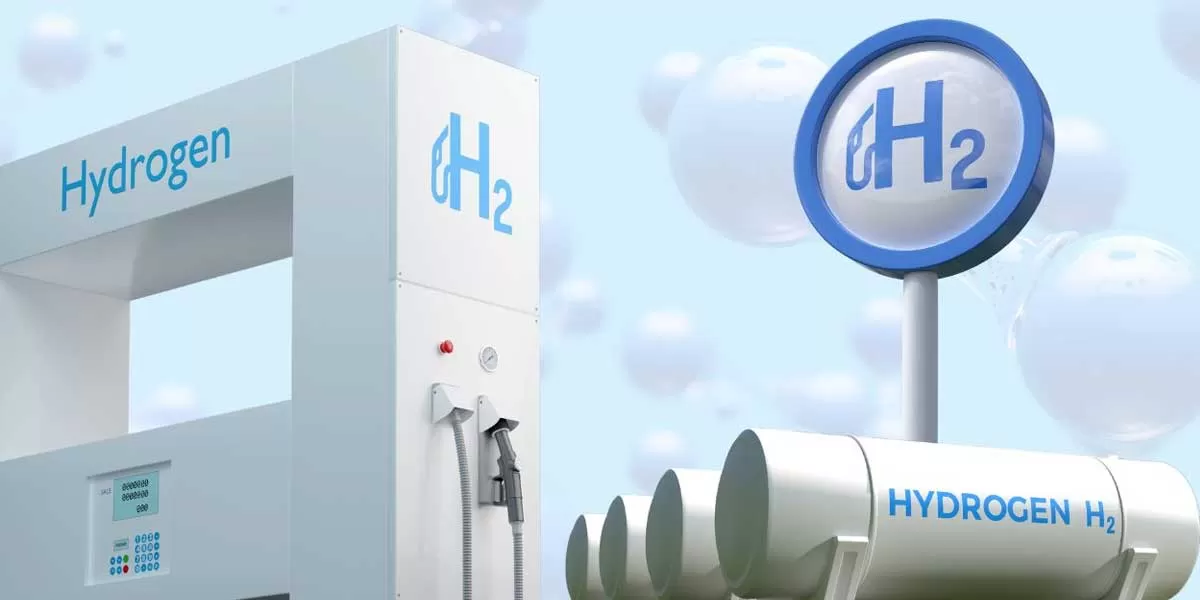
India's Green Hydrogen Plan: Biomass Conversion
India is embarking on a transformative journey from barren lands to abundant green hydrogen production through biomass conversion. This innovative approach underscores India's commitment to harnessing renewable resources for sustainable energy solutions and reducing carbon emissions.
The plan involves utilising biomass, including agricultural and forestry residues, to produce green hydrogen, a clean and versatile fuel with immense potential for decarbonizing various sectors. By tapping into biomass resources, India aims to unlock a new avenue for green hydrogen production while addressi..
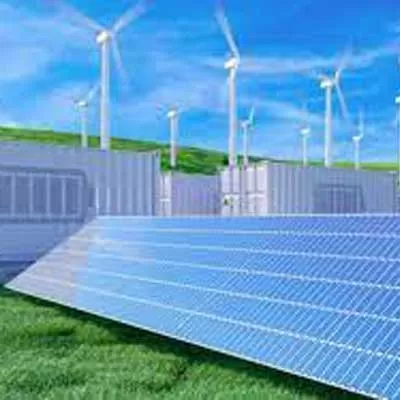
India's Q1 Energy Shift: Renewables Overtake Coal
In a significant milestone, renewables accounted for 71.5% of India's energy production in the first quarter, surpassing coal for the first time in decades. This shift reflects the growing prominence of renewable energy sources in India's energy mix and underscores the country's commitment to sustainable development.
During the first quarter, India generated 13,669 megawatts (MW) of energy, with renewables contributing the majority share. This surge in renewable energy production highlights the strides made by India in transitioning towards cleaner and greener sources of power generatio..
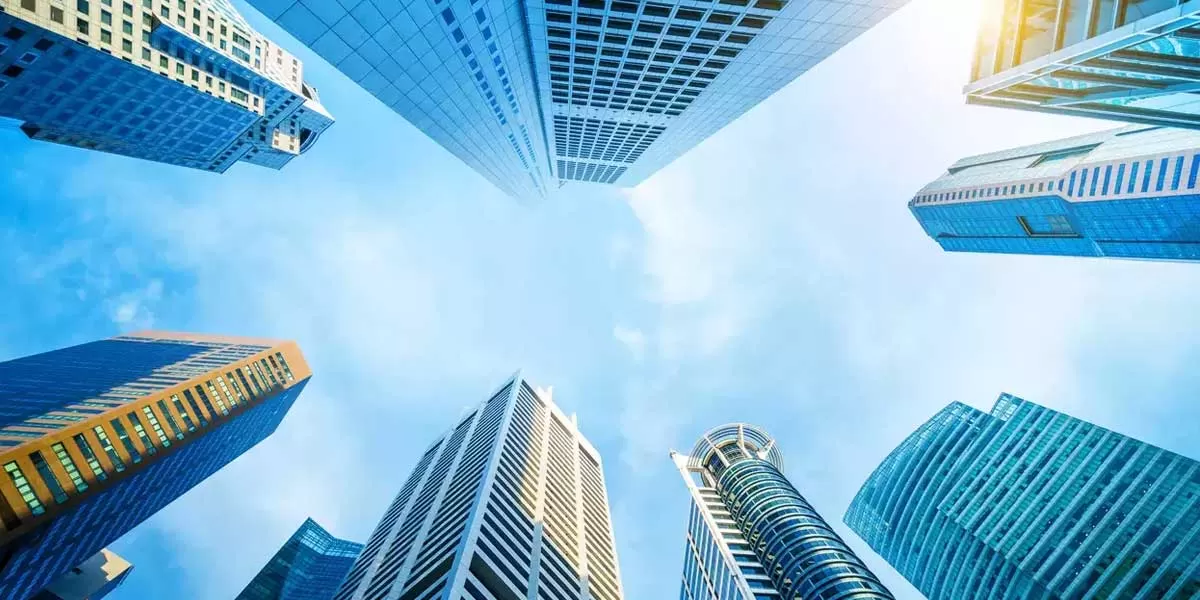
India's Office Leasing Demand Set to Exceed 70 Million Sq Ft in 2024
India's office leasing demand is projected to surpass 70 million square feet in 2024, reflecting a significant uptick in commercial real estate activity. The country's commercial office market continues to exhibit resilience and growth despite challenges posed by the global economic landscape.
Several factors are driving the surge in office leasing demand, including the expansion plans of multinational corporations, the emergence of startups, and the increasing adoption of flexible workspace solutions. As businesses strive to adapt to evolving work models and capitalise on emerging oppo..

India Surpasses Australia, Japan, and Singapore in Data centre Capacity
India has surpassed Australia, Japan, and Singapore in data centre capacity, cementing its position as a prominent player in the global digital infrastructure landscape. The country's rapid advancement in data centre infrastructure underscores its growing significance in the digital economy.
The surge in data centre capacity is attributed to several factors, including increasing internet penetration, rising demand for digital services, and government initiatives to promote digitalization. As businesses and consumers alike embrace digital technologies, the need for robust data infrastru..

India's data center industry growth to double by 2026; reach 2,000 MW
India's data centre industry is experiencing explosive growth, driven by the country's rapid digitisation. CareEdge Ratings predicts a data centre capacity surge, doubling to 2,000 MW by 2026. This expansion will attract significant investments, with an estimated Rs 500 billion flowing in over the next three years.
The data centre growth is driving/attracting large scale investments in the expansion of the network connectivity ecosystem which is critical for high volume data transfer at low latency levels. It is imperative that for such large-scale capacity addition, data centre playe..




